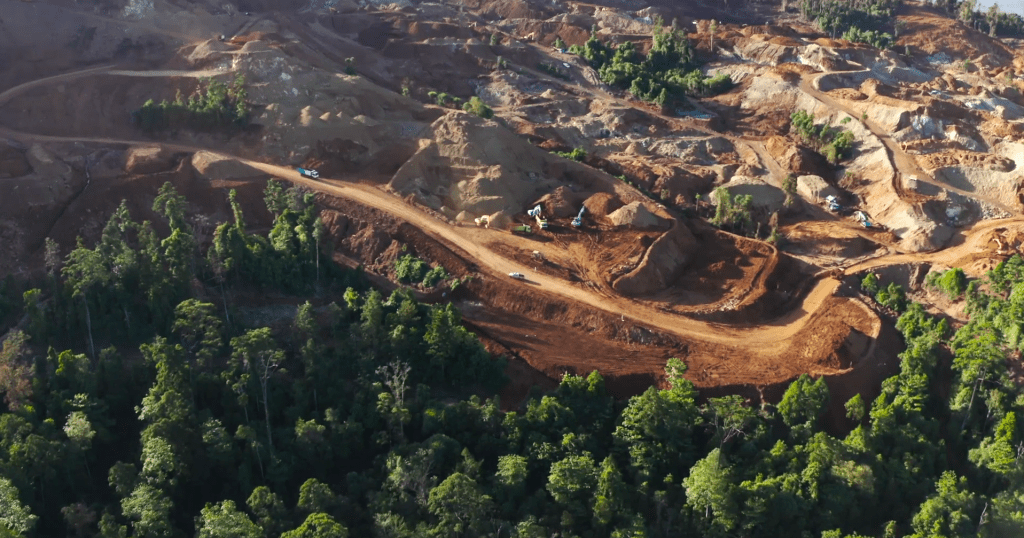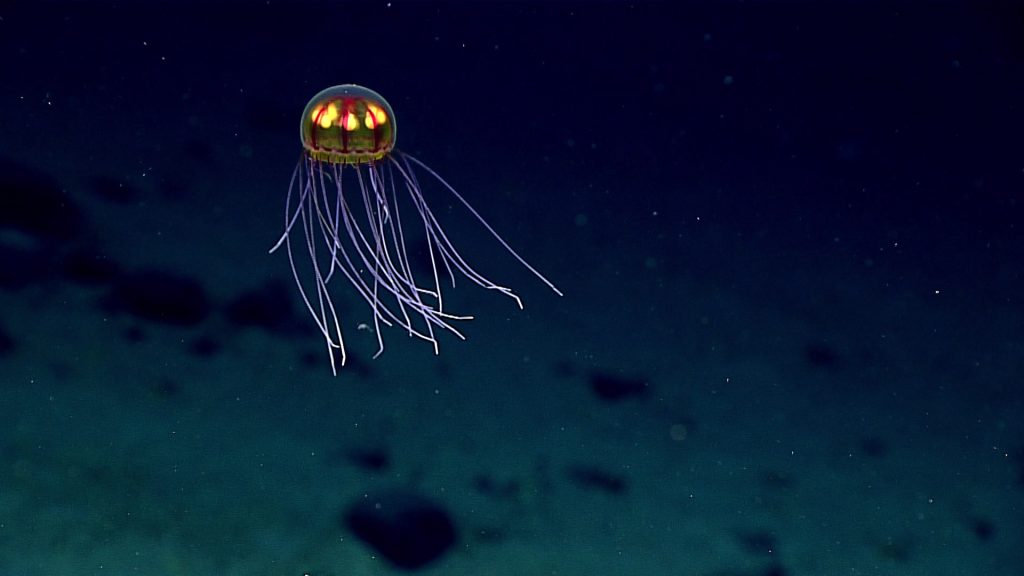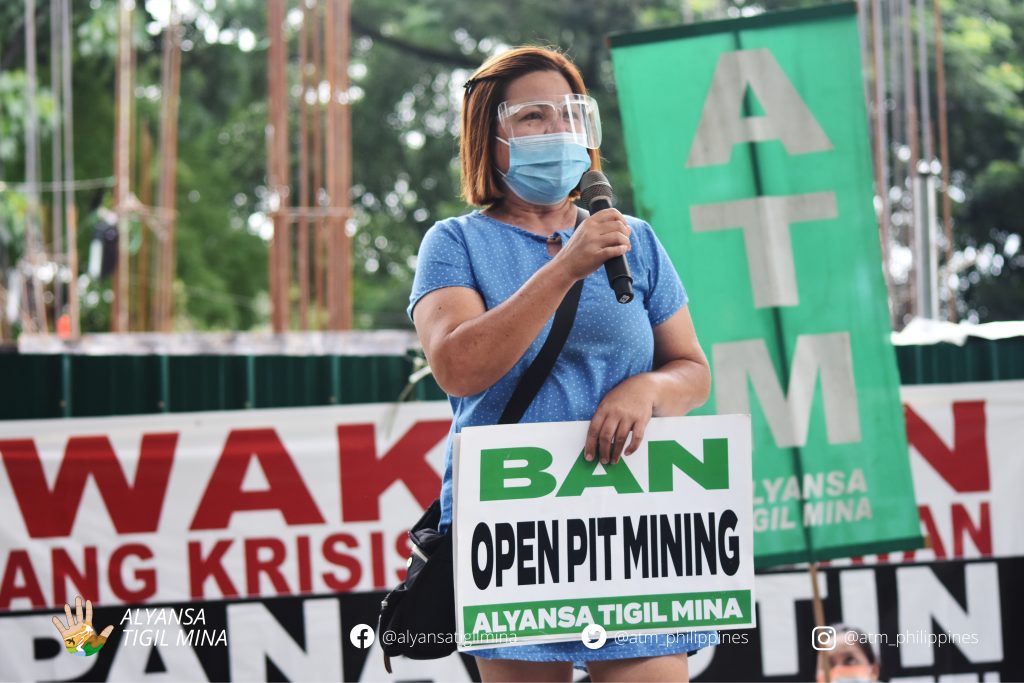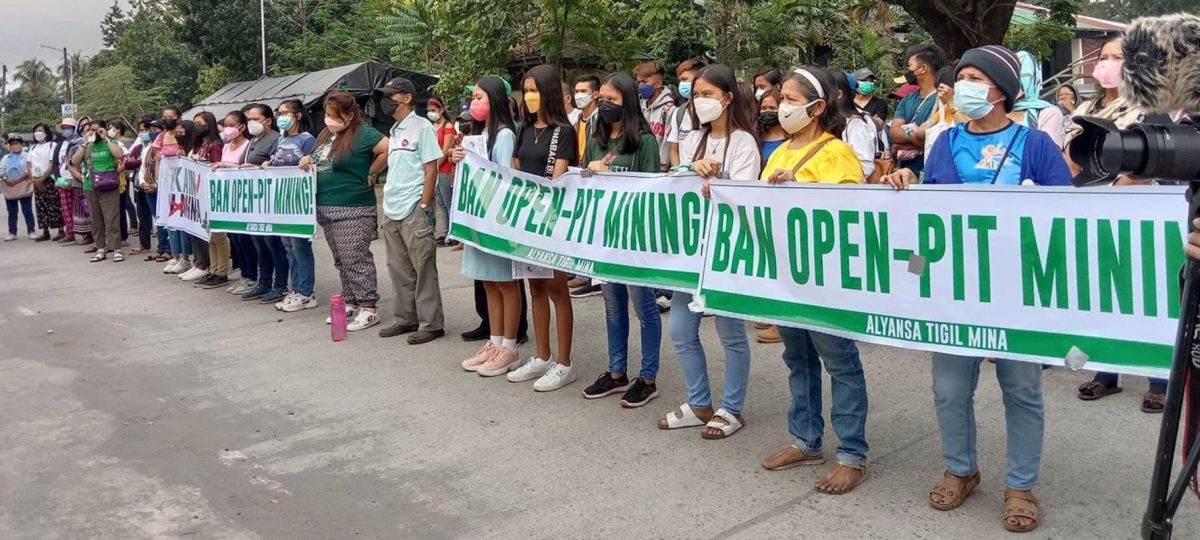Globally, the effects of climate change are becoming more and more visible. Extreme droughts, floods, heat waves, hurricanes and forest fires are becoming more frequent and affecting people around the world, mainly those who have contributed least to the climate crisis. To minimize the effects of climate change and minimize warming, we need to switch from fossil fuels to renewable energy sources and our energy consumption. IUCN NL is working towards a fair energy transition that minimizes the negative impact on people and nature.
Header photo: Alyansa Tigil Mina
The energy transition is incredibly complex. If it is not done in an equitable manner, it can foster inequality. At the same time, the energy transition offers a unique opportunity to both solve the climate crisis and reduce inequality and poverty.
Resources for the energy transition
The energy transition requires huge amounts of minerals and metals, which are used, for example, in batteries and solar cells. The World Bank estimates that the demand for raw materials needed for the energy transition will increase by 500% by 2050.[1]Source: https://www.worldbank.org/en/news/press-release/2020/05/11/mineral-production-to-soar-as-demand-for-clean-energy-increases

Many of these raw materials are located in the global South in places of high biodiversity[2]See: Mining’s Impact on Biodiversity: A Rising Risk? (MSCI, 2021) and extracting them may lead to deforestation, pollution and violations of the rights of indigenous peoples & local communities. For example in the Tompotika forest in Indonesia, threatened by nickel mining; the Atewa forest in Ghana where there are plans for bauxite mining; and Tampakan in the Philippines where indigenous communities are resisting large-scale mining of copper ore in a fragile river basin.
The majority of raw materials needed for the energy transition are extracted from the global South for meager pay and under poor working conditions and exported to the North. Meanwhile, communities in the South suffer from deforestation, environmental degradation, exploitation and health damage. Added to this is the disproportionate impact of climate change, caused mainly by the fossil footprint of Western countries. Women, girls and Indigenous people are particularly hard hit in this regard.
Deep sea mining on the rise
Recently, there has also been increased interest in exploring deep-sea mining. This is because the deep sea floor is rich in raw materials such as cobalt and nickel, minerals whose demand is only increasing due to the energy transition. The deep sea has tremendously high biodiversity: Scientists believe that as many as 10 million species may inhabit the deep sea. The majority of species are yet to be discovered.[3]Source: https://savethehighseas.org/about-the-deep-sea/ The ocean also acts as a “carbon sink” and absorbs about 31% of the CO2 emissions released into the atmosphere.[4]Source: https://www.ncei.noaa.gov/news/quantifying-ocean-carbon-sink Disturbance by deep-sea mining could affect this. Experts call for more research into the impact before deep-sea mining can begin as well as a greater focus on alternative ways to achieve a successful energy transition without disturbing the deep sea. For example, the demand for transition minerals could be reduced by as much as 58% if more effort is put into innovation and recycling.[5]Source: The Future Is Circular: Circular Economy and Critical Minerals for the Green Transition, SINTEF / WWF, november 2022


Image courtesy of NOAA Office of Ocean Exploration and Research, 2016 Deepwater Exploration of the Marianas
Marginalized groups hit extra hard
Where forests are cleared for large-scale mining activities and associated heavy infrastructure, it is often at the expense of territory and the rights of the Indigenous peoples and other residents of the area. With their extensive knowledge and experience, these communities play a key role in forest governance, and are key actors that should have a strong voice in all in all decision-making processes that affect their lands and livelihoods.
It is important that the rights of Indigenous peoples and other residents of the area -especially women and youth, who are often underrepresented in decision-making- are recognized and respected, and that they play a greater role in policy and decision-making. The principles of free, prior and informed consent (FPIC) and the right to a safe, clean, healthy and sustainable environment are guiding principles here.
Facts & figures
- 44% of all mining takes place in forests[6]Source: Forest Smart Mining, World Bank 2019, while globally 1.6 billion people depend on forests for their livelihoods.[7]Source: UN Environment Programme: https://www.unep.org/explore-topics/forests/about-forests
- 77% of all mines are located within a radius of 50 km of important biodiversity areas.[8]Bron: Extracted forests, WWF 2023
- More than half of the mining needed for the energy transition is in or around the territories of indigenous peoples.[9]Source: https://www.nature.com/articles/s41893-022-00994-6
- By 2050, the demand for natural resources will have increased with 500%.[10]Source: Minerals for Climate Action, Worldbank 2019
- Mining often goes hand in hand with human rights violations.[11]See: https://www.globalwitness.org/en/press-releases/deadly-decade-land-and-environmental-activists-killing-every-two-days/, … Continue reading A report by the Responsible Mining Index shows that the world’s largest mining companies have an average score of only 19% on human rights-related issues.
What is IUCN NL doing for a just energy transition?
Reduced consumption and more reuse of raw materials
If energy use remains the same, even if it will increasingly come from renewable sources, the explosive growth in the use of metals and minerals for the energy transition risk leading to ecological disasters in extractive areas.[12]Source: https://www.nature.com/articles/s41560-018-0172-6 Therefore, global energy consumption should be down-scaled. Moving towards a circular economy – recovering and reusing critical raw materials – is crucial in reducing our dependence on primary raw materials as well as the negative impact of mining.[13]Source: https://www.ser.nl/nl/actueel/zicht/op/circulaire-economie-energietransitie


Stricter and transparent mining laws and regulations
In areas where mining takes place, we strengthen the voice of (indigenous) people and those who advocate for environmental – and human rights, and for transparency throughout the mineral value chains. We also work and advocate with them to improve local laws and regulations and make international standards for mining known and accessible and push for compliance.
In addition to existing laws and regulations, there are also voluntary sustainability standards to which mining companies can commit. These industry standards often set higher sustainability requirements than national laws and regulations. We encourage companies to publicly commit to such standards and guidelines, such as those of the IRMA (Initiative for Responsible Mining Assurance). Many multinationals are now aligning themselves with these performance standards, in part because more and more investors are setting requirements in this area.
Certain areas, such as those of critical importance for biodiversity, water supply and climate adaptation and mitigation, should, as far as we are concerned, be completely excluded from mining and designated as no-go zones. Also towards European and Dutch stakeholders we push for stricter regulations and standards, and we stress the importance of reducing energy consumption, increased recycling and circular design.
A more transparent chain
To ensure that raw materials are extracted in a responsible manner, transparency throughout the value chain is crucial: from licensing to processing the minerals into the final metal product. Every company that processes products from mining must know where and under what conditions the minerals are extracted. IUCN NL encourages companies in the metals sector to better map their chain, and pushes for binding regulations. This is done as part of, amongst others, Agreements for International Social Responsibility (IMVO-covenants) and by working with standards like the IRMA and the Extractives Industry Transparency Initiative (EITI).
Firm agreements on nature restoration
Mining causes, more often than not, irreparable damage to nature and biodiversity. This is why IUCN NL advocates no-go zones in the first instance. If mining does take place, it should be done following a forward looking standard as the IRMA. This includes also their standard for mine site restoration: a plan of action to restore the degraded landscape after mining. When granting permits for mining, concrete plans with budgets for nature restoration should already be there and be monitored.
Projects working towards a just energy transition
Our experts



